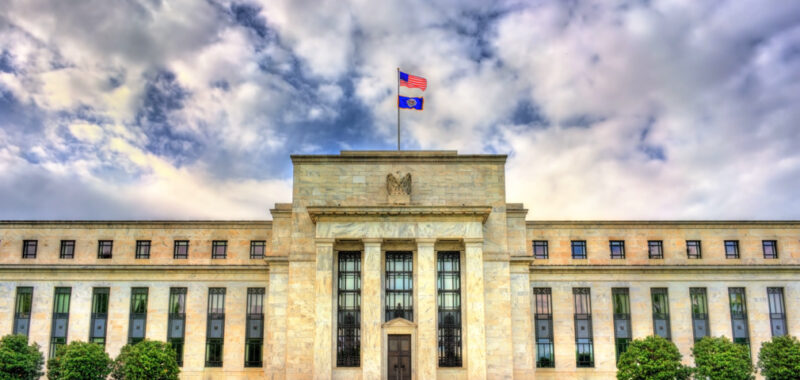The Federal Reserve lowered its benchmark interest rate on Wednesday by 50 basis points (bps) to a range of 4.75% to 5%, turning an important corner in the central bank’s fight against inflation. The cut is the first since March 2020 after the Fed raised interest rates to a 23-year high point to cool the economy and quell inflation.
With both inflation and the labor market cooling, economists and housing professionals alike had expected the Fed to cut borrowing costs in September, with the big question being how large the cut would be.
Generally, the Federal Open Market Committee (FOMC) tends to raise or slash interest rates by increments of 25 bps, but they can move faster when they think their rate stance isn’t well aligned with the balance of risks. In 2022, the central bank upped rates by increments of 50 and 75 bps to fight 40-year-high inflation.
“The Committee seeks to achieve maximum employment and inflation at the rate of 2 percent over the longer run,” the FOMC said in a statement. “The Committee has gained greater confidence that inflation is moving sustainably toward 2 percent, and judges that the risks to achieving its employment and inflation goals are roughly in balance. The economic outlook is uncertain, and the Committee is attentive to the risks to both sides of its dual mandate.”
The Consumer Price Index — the Fed’s preferred inflation gauge — posted 2.5% growth for the year ending in August, down from 9.1% in the summer of 2022. At the same time, the unemployment rate rose to 4.2%, up from a recent low point of 3.4% in April 2023.
Many market observers had flipped their expected cut from 25 bps to 50 bps without any key data release as a catalyst. On Wednesday morning, the CME Group‘s FedWatch tool on showed that 55% of traders expected officials to slash rates by 50 bps while 45% projected a smaller cut of 25 bps. Less than a month ago, 71% of traders leaned toward a rate cut of 25 bps.
The market will be closely watching the tone of Fed Chair Jerome Powell’s news conference on Wednesday for any hints of how quickly the Fed could cut rates later this year and into 2025.
Mortgage rates, which often correlate with the 10-year Treasury yield, have trended down in recent months. At HousingWire‘s Mortgage Rates Center on Wednesday morning, the average rate for a 30-year conforming loan was 6.31%. That figure was down 13 bps from a week ago and 27 bps lower than two weeks ago.
“The Fed’s 50bp rate cut likely adds downward momentum for mortgage rates, which have already come down materially since May as treasuries have rallied,” Eric Orenstein, senior director at Fitch Ratings, said in a statement.
“While not enough for a full scale refi boom, an average 30-year rate approaching 6% does open up a meaningful slice of the market for refinancing. Mortgage originators stand to benefit, and will likely find the toughest times already behind them.”
“Given the anticipated rate cuts this week, the bond markets and 30-year mortgage rates have already reacted, and those rates have meaningfully come down,” said Charles Goodwin, senior director of sales at Kiavi. “I believe we need to see rates come down further before housing really picks up.”
According to JP Kelly, senior vice president of mortgage at MeridianLink, Wednesday’s rate cut will give an immediate boost to purchasing power for potential homebuyers. But still-high home prices and limited amounts of available inventory may not mean much in practical terms.
“Short of an explosion of homebuilding to relieve inventory constraints, rates dropping to around the mid 5% [range] and negating the lock-in effect is our best hope for spurring real movement in the housing market,“ Kelly said.
Keller Williams chief economist Ruben Gonzalez also expressed restraint in his expectations for home sales in the near term.
“While rates may continue to fall as the Fed provides more guidance on its future monetary policy, the majority of the adjustment in mortgage rates appears to have already been priced in,” Gonzalez said. “In August, home sales remained sluggish, even with declining mortgage rates, signaling that buyers may still be cautious despite improved financing conditions.”
Editor’s note: This is a developing story and will be updated.

